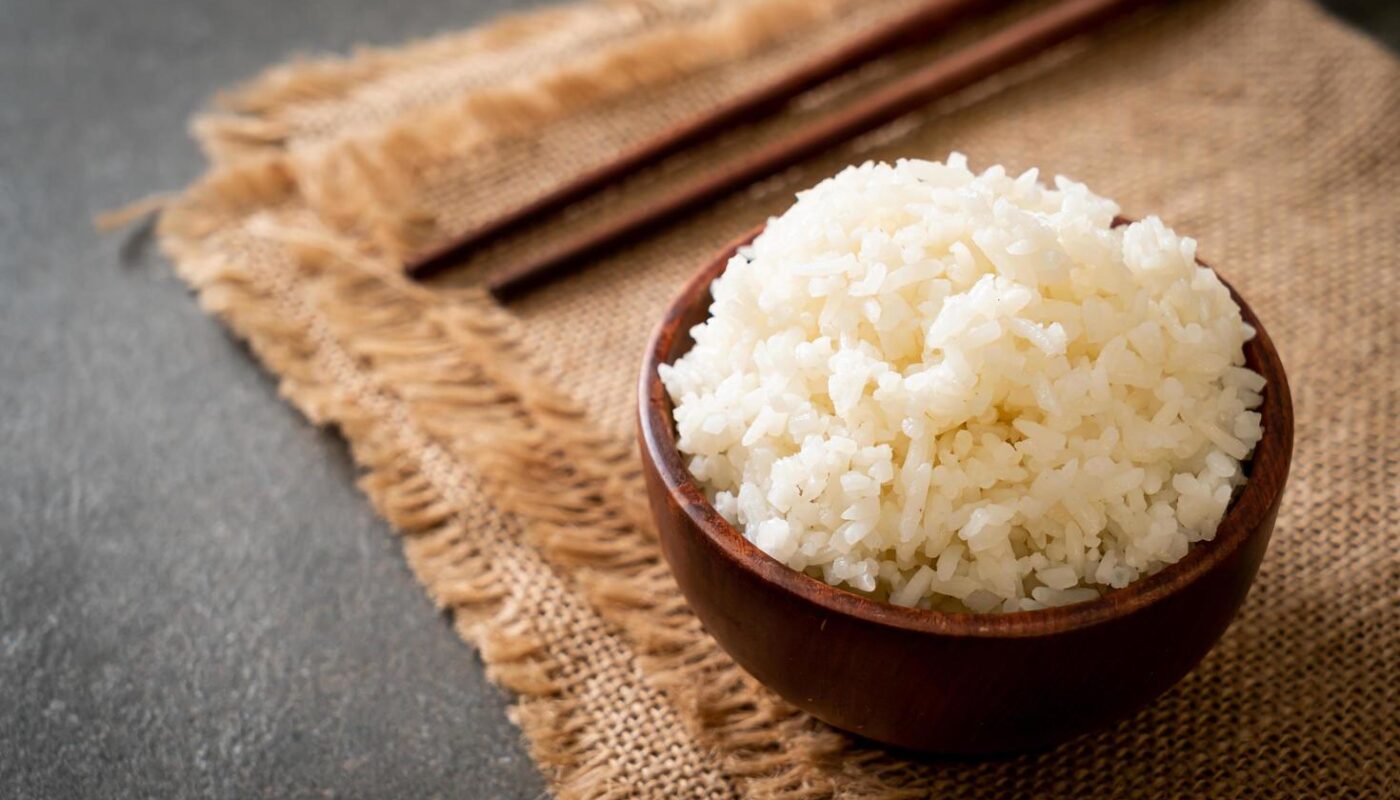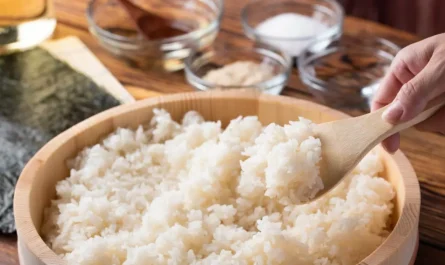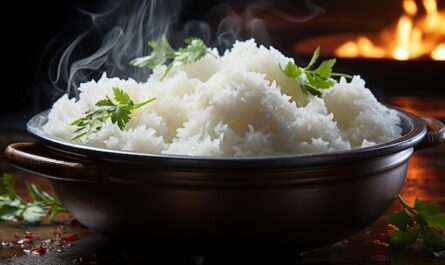Understanding the importance of sushi rice grain size is crucial for anyone intent on making the perfect sushi. This often-overlooked aspect can deeply influence the overall texture and flavor of your sushi dishes, making it an essential part of the sushi preparation process.
Choosing the right grain size and understanding its impact on your sushi is something every sushi enthusiast should be aware of, whether you’re a seasoned chef or a home cook looking to perfect your sushi game.

What is Sushi Rice Grain Size?
The term sushi rice grain size refers to the length and girth of the rice grains used in sushi preparation. Typically, sushi rice consists of short-grain or medium-grain rice. These grains have a higher starch content, which gives sushi its unique, sticky texture, allowing it to hold its shape when rolled or formed into nigiri.
Why Grain Size Matters
The size of the rice grain plays a pivotal role in the texture of sushi. Short-grain rice usually results in a chewier texture, which is essential for keeping the compact and uniform appearance of sushi. This quality makes it the superior choice over long-grain varieties, which can lead to a fluffier and less sticky result.
Better Sushi with the Right Grain
It’s no secret that using the correct rice type dramatically enhances the quality of sushi. The high starch content in short-grain rice ensures that each sushi piece maintains its shape and structure, providing a better eating experience.
Sourcing the Right Rice
When looking for the perfect rice for sushi, seek out specific varieties like Koshihikari or Calrose, which are renowned for their ability to absorb flavors well and provide the ideal texture. Knowing the correct sushi rice grain size helps you make informed shopping choices.
Preparing Your Sushi Rice
Once the right grain is sourced, proper preparation is key. Rinsing the rice several times until the water runs clear is crucial, as it removes excess starch, preventing the rice from becoming too sticky or gooey when cooked. Proper seasoning with rice vinegar, sugar, and salt will enhance the flavor while respecting the traditional taste of sushi rice.
Cooking Tips for the Perfect Sushi Rice
Steaming is the preferred method when cooking sushi rice to achieve optimal texture and moisture balance. Use a rice cooker or a heavy-bottomed pot for best results. This meticulous approach ensures every grain is cooked to perfection, crucial for high-quality sushi.
Storing Sushi Rice
Leftover sushi rice can be tricky to store; maintaining its texture is essential. Place the rice in an airtight container and refrigerate. Avoid freezing cooked sushi rice, as this can alter its texture, making it unsuitable for sushi.
For additional tips on keeping your sushi making tools ready, visit our page on sushi tools.
Impact of Grain Size on Sushi Types
Different types of sushi might require slight variations in rice preparation. For instance, nigiri demands rice with a bit more ‘bite’ to hold its shape. In contrast, maki rolls benefit from slightly softer rice to facilitate clean slicing and a cohesive roll.
Avoiding Mistakes with Grain Size
A common mistake in sushi preparation is using the wrong type of rice. Always choose short-grain or medium-grain varieties over long-grain to maintain the authentic taste and texture of traditional sushi rice.
The Chemistry Behind Sushi Rice
The starch composition within short-grain rice contributes to its stickiness, crucial for sushi. The amylopectin content in these grains plays a significant role in this, ensuring your sushi holds its shape perfectly.
Understanding Amylopectin
Amylopectin is a component of starch primarily found in short-grain rice, contributing to its gelatinous texture when cooked that makes it ideal for sushi formation.
Techniques to Enhance Sushi Experience
Experimenting with the washing, soaking, and steaming processes can significantly alter the sushi experience. Proper handling of the rice can ensure optimal flavor absorption and texture.
For inspiration, explore tips on taking incredible sushi shots on our site: sushi shots.
Global Influence of Sushi Rice
As sushi spreads worldwide, the culinary nuances of sushi rice grain size continue to be appreciated globally. Chefs innovate while respecting traditional techniques, leading to exciting developments in sushi cuisine.
Conclusion
The understanding of sushi rice grain size is essential for crafting authentic and delicious sushi. With this newfound knowledge, you can better appreciate the labor and artistry behind each piece of sushi you enjoy.

FAQ
What is the best rice for sushi?
Short-grain rice such as Koshihikari or Calrose are ideal for sushi due to their stickiness and flavor absorption capabilities.
Why is rinsing sushi rice important?
Rinsing removes excess starch, preventing the rice from becoming too sticky or clumpy, ensuring a perfect texture.
Can sushi rice be frozen?
It’s best to avoid freezing as it can alter the texture. Store in an airtight container in the refrigerator for best results.
For more insights into different rice types, visit here.
This article contains affiliate links. We may earn a commission at no extra cost to you.



